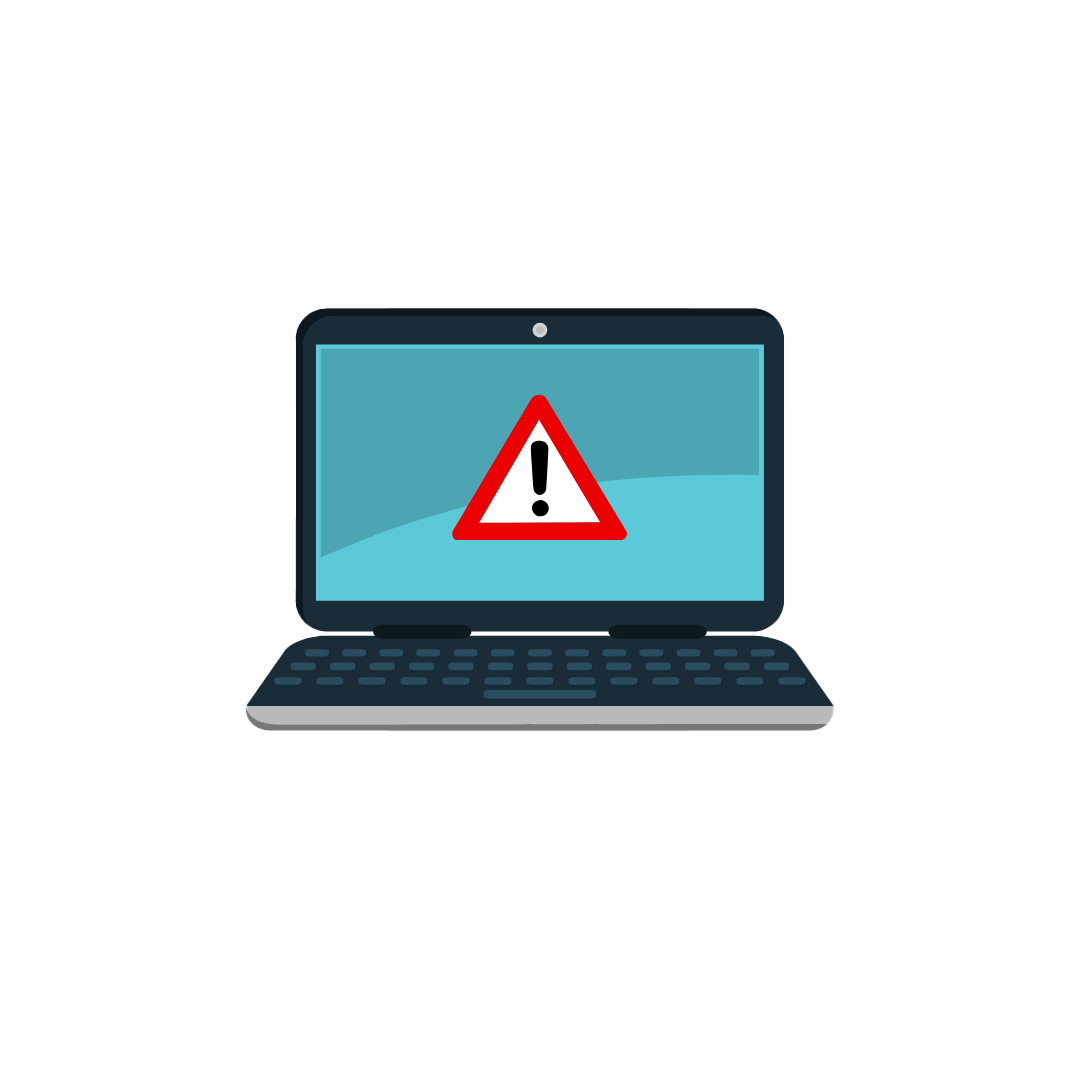October is Cybersecurity Awareness Month (CSAM) in the United States. The month was established in 2004 by the U.S. Department of Homeland Security and the National Cyber Security Alliance. It’s a collaborative effort between government agencies and some private industries, which aims to teach people how to protect themselves online, especially as threats to technology and data become more prevalent.
Drake University has been educating students about this month, with the Information Technology Services (ITS) Department sending out emails to students with tips on how to stay safe online. These will continue not only through the month of October, but all year long.
Princess Hart, a senior majoring in graphic design, noticed the additional emails from the ITS over the past few weeks, but didn’t know that it was for CSAM.
“I didn’t know that it was [CSAM], or at least that there was even a whole month dedicated to it,” Hart said.“I have noticed that Drake often sends out emails about online safety and being aware of phishing emails, which I think is helpful to students.”
According to an article by the University of North Georgia, a hacker attack happens every 39 seconds. Cybersecurity attacks affect at least one in three Americans every year, whether that be from phishing emails, false links or other web-based attacks.
Many of these attacks happen to students, with promises of free things or discounts to various stores. Hart uses a method to protect her information.
“I personally just make sure that I have really complicated passwords that involve random characters and numbers,” Hart said. “The multi-step authentication is effective for security, even if it takes forever to get through at times.”
Jenna Olson, a junior majoring in graphic design, makes sure to have secure passwords across all of her devices in order to stay safe online.
“I choose to use different passwords for all of the different websites that I have, since that helps me to stay more cyber aware,” Olson said.
Drake’s ITS has been promoting cybersecurity tips to students. One example: Instead of just having complex passwords, be wary of downloading from suspicious links. Even if the promise of free textbooks seems like a good deal, a computer virus is even more expensive to get rid of.
They have also posted various YouTube videos for students to watch. The videos tell students not to overshare on social media, to update their devices when needed and to properly get rid of old devices when they get new ones.
In addition to sending out tips on how to stay cyberaware, ITS encouraged students to complete a cybersecurity quiz, which was open until Oct. 31. The first 150 people who completed the quiz received a coupon to use at the campus Starbucks and were entered to win one of 10 Griff II t-shirts.
Students can access the ITS department through their online portal on Drake’s website or by visiting the ITS Support Center in the lower level of Carnegie Hall.







